
Salvador is the heartbeat of Brazil’s African culture, with rhythms, dances, clothes, foods and beliefs all imported, along with the people, from the continent across the Atlantic Ocean.
The majority of Africans, who were taken to Brazil as slaves to work on the sugar and coffee plantations, arrived in Salvador, the first capital of the country. Like the people, some aspects of the culture have retained their African heritage while some have mixed with those of other cultures in the area to provide a uniquely Brazilian flavor. Salvador is alive with the insistent sound of the drums of samba bands, the intriguing sights of Candomblé rituals, and the mesmerizing twirls of people playing capoeira, a Brazilian martial art developed by the then slaves of Salvador.
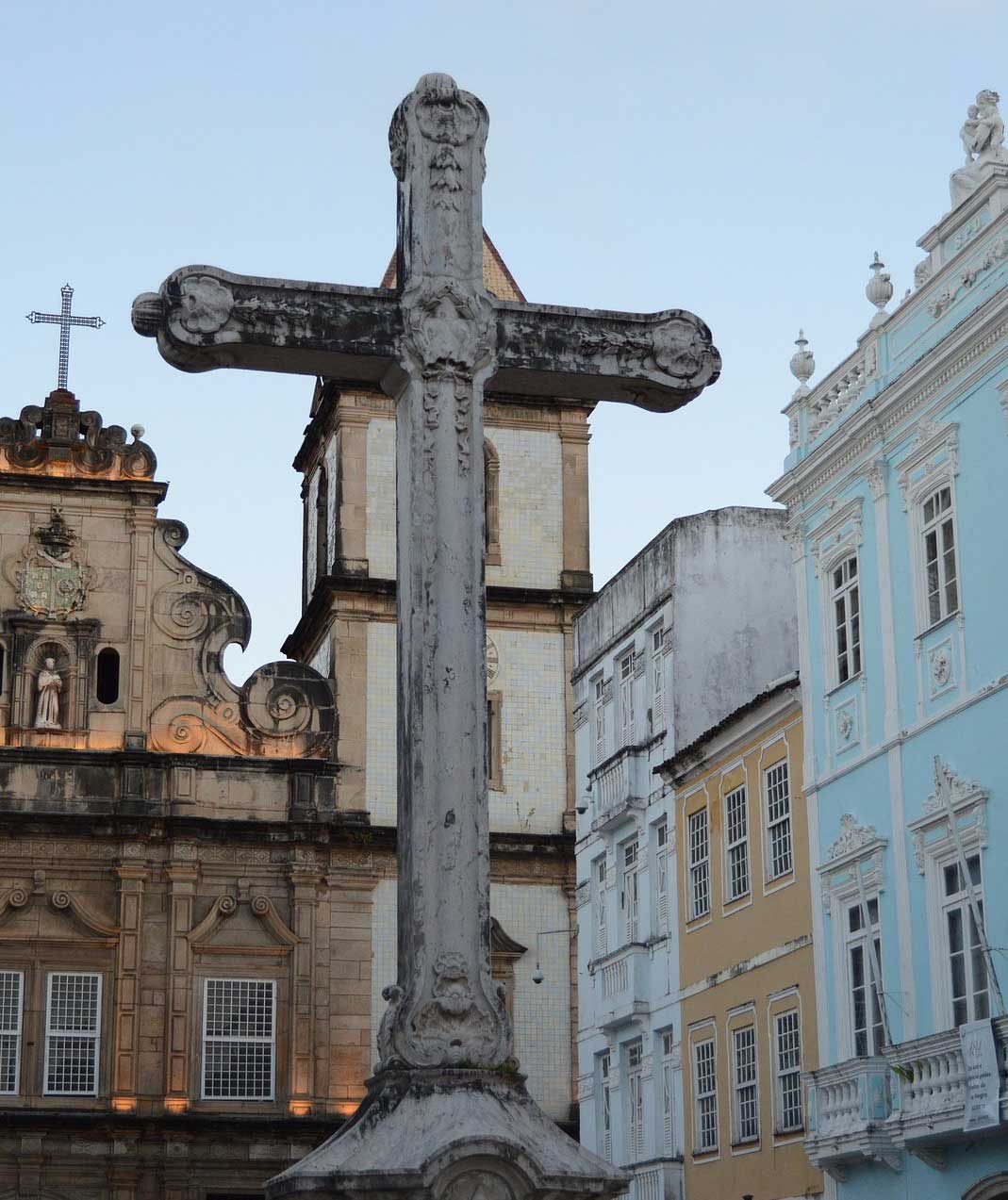
AFRO-CULTURE BEATS ON THE BEACHES & IN THE STREETS
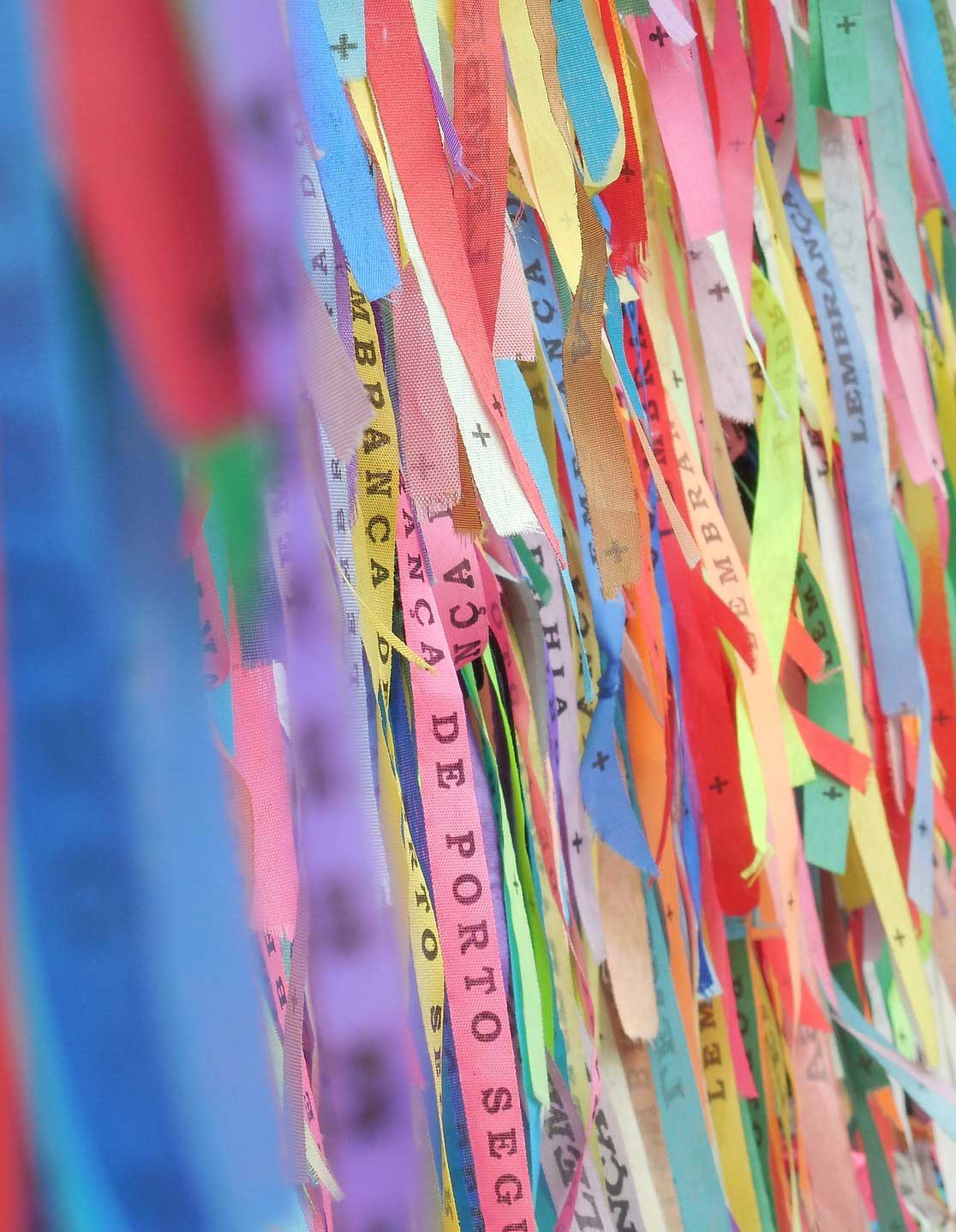
As well as a rich cultural heritage, Salvador is the gateway to the wonderful beaches of Bahia. The coastline north of the city contains well-appointed resorts such as those at Praia do Forte and Costa do Sauípe. To the south are the less developed towns of Morro de São Paulo, Itacaré and Trancoso, with the city Ilhéus providing the cultural highlight of the south of Bahia.
build your clients trip with our experts


What not to miss
in Salvador de Bahia
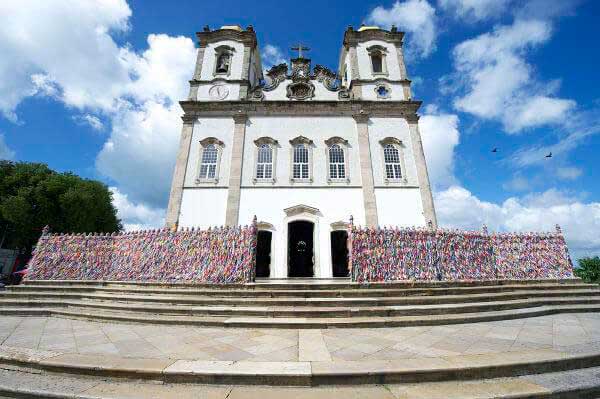
Nosso Senhor do Bonfim Church
One of the most prominent churches in Salvador has been revered for many years for its miracles. The inside of the church shines with silver and white gold, many daily services are given to visitors, members of the Congregation typically welcome tourists and join them. Festa do Bonfim is held on the 3rd Thursday of January, Bahian women dress in their typical white lace, and to wash the steps of the church in sweet water as the slaves did hundreds of years ago.
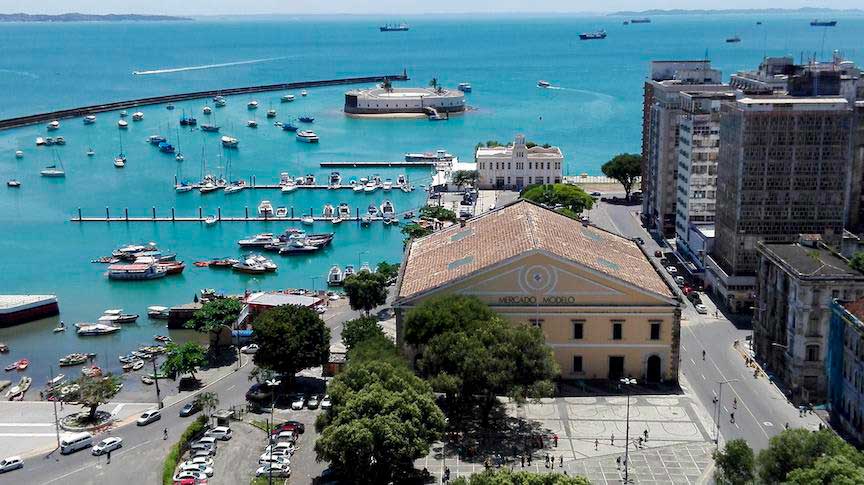
Mercado Modelo
A must see market for Brazilian arts and crafts lovers, located by the old harbor at the foot of Elevador Lacerda it joins Salvador’s old and new sections. Even if you aren’t looking to buy anything…something is always happening in and around the market, crowded with tourists and Bahians alike. Prices are reasonable and not inflated, here you will find some of the most beautiful souvenirs, like the candomblé statues “antigos religiosos”.
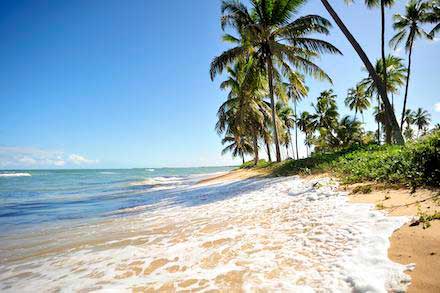
Morro de São Paulo
A charming little beach town sits on the northern tip of the island of Tinharé, 50 miles (80km) south of Salvador. Morro de Sao Paulo is part of a 26-island archipelago situated around 60km from Salvador, the colonial capital city of Bahia. Beaches are everywhere, hiking to waterfalls and fishing in the fishing village of Gamboa are two of the island’s must-do activities. The island is known for its distinct pink mud spots, sulphur-rich and medicinally beneficial to your skin.

Praia do Forte
Praia do Forte is a quaint and somewhat ecologically sensitive beach village, situated 80 km away from Salvador de Bahia on the Atlantic Ocean. The beach has clear waters, white sands, natural swimming pools, rivers, and the natural flora and fauna reserve is breathtaking. Praia do Forte was the first eco-resort focused destination in Brazil, it still retains the charm of a traditional fishing village on the coast of Bahia, the main drag, Alameda do Sol, is a walkway that takes you to a lovely church, and surrounding the village are castle ruins, and a lagoon for canoeing and the Sapiranga forest reserve.
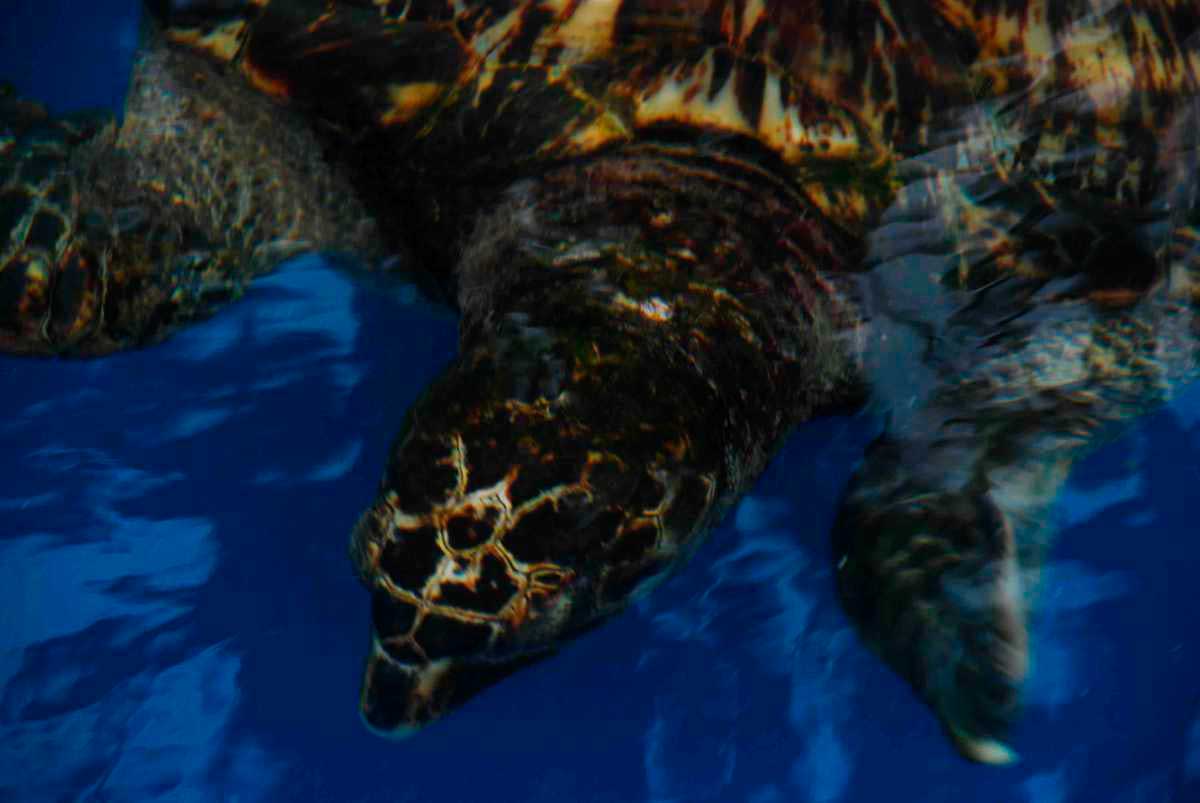
TAMAR Turtles
The Project is a non-profit organization with the principal goal of saving sea turtles from Brazilian coastal extinction. Out of 7 species of sea turtles found in Brazil, all are being threatened with extinction, two are endangered critically. There are 22 foundations along Brazil’s coast, the best-and most exciting-time to visit these project is between September and March they spawn and its your highest probability to witness these little hatchlings natural beauty come to life. They grow to over two meters in length, with life-spans estimated at around 100 years, making them some of the oldest creatures around.
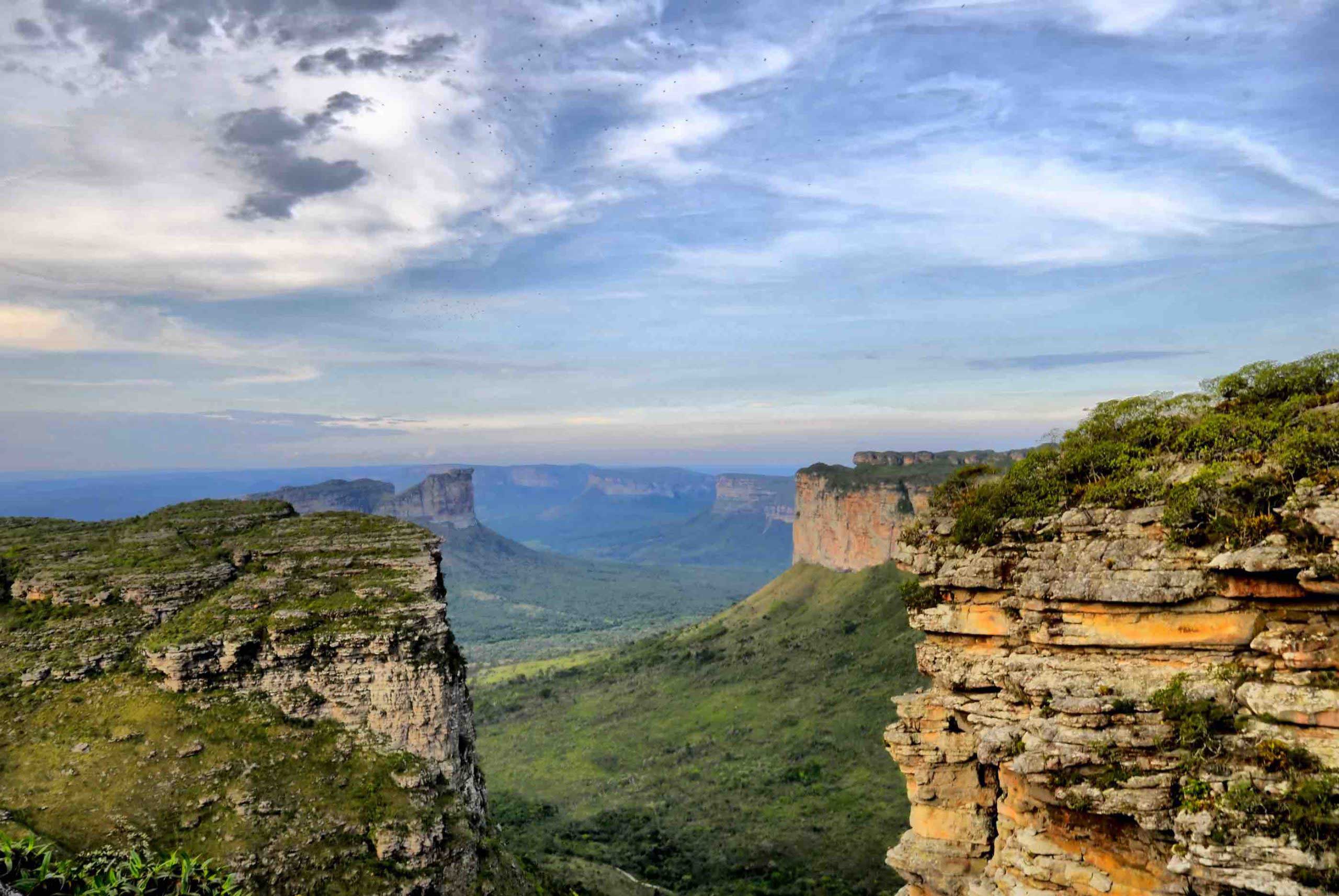
Lençóis & Chapada Diamantina
This well preserved colonial town in the northern inland from Salvador’s coast, was founded during the diamond rush in the 19th century. The story goes that when prospectors first arrived they set up tents on the hillsides which were said to look like sheets drying in the wind – or to give them their Portuguese name ‘Lençóis’ – and this is where the town got its name. The town of Lençóis acts as the gateway to the Chapada Diamantina National Park, charmingly filled with cobblestone streets, colorful colonial buildings, local cafes and lively restaurants.
destination map

| Title | Address | Description |
|---|---|---|
Rio de Janeiro | Río de Janeiro, Estado de Río de Janeiro, Brasil | Rio de Janeiro is truly one of the world’s great cities. It is known to its people, the Cariocas, as the Marvelous City and every visitor to Rio will understand why. Much of that is due to the city’s unbeatable location, nestled between the deep blues of the Atlantic Ocean and Guanabara Bay and the dark greens of the forested mountains, and fringed by stunning golden beaches such as Ipanema and Copacabana.Read more… |
Buzios | Búzios, Estado de Río de Janeiro, Brasil | Búzios is one of the prettiest places in Brazil, and possibly in the world. Any visitor will be able to understand why it is regularly voted amongst the top ten most beautiful places on the planet. The romantic charm of Búzios is not just in the quaint old fishing village with its winding cobblestone streets and picturesque harbor. It occupies part of a small peninsula ringed by 25 beautiful tropical beaches. Read more… |
Paraty | Parati - Estado de Río de Janeiro, 23970-000, Brasil | Paraty is a fabulously picturesque colonial town on one of Brazil’s most beautiful stretches of coastline, the Costa Verde. The town itself, with its colorful old buildings and fishing boats, is dwarfed by the forest-covered mountains behind, which slope down to meet blue waters of the Atlantic Ocean. The rocky coast has many bays and sprinkled with over 60 islands and 100’s of secluded tropical beaches. Read more… |
Iguaçu Falls | Foz do Iguaçu, Estado de Paraná, Brasil | Possibly the most picturesque waterfalls on earth. Unlike other great waterfalls, the majesty of Iguaçu is that the Iguaçu River drops around 328 ft (100m) into 275 separate Falls across its 0.6 mile (1km) width. Many of the Falls would be tourist attractions in their own right, but as a whole, the spectacle is as awe-inspiring as any of nature’s great sights. Read more… |
Manaus & the Amazon | Manaos, Amazonas, Brasil | The idea of visiting the world’s biggest river and the rainforest that surrounds it attracts many adventurous travelers to Brazil. With over half of the world’s largest jungle found in Brazil, it is little wonder that the area’s main city, Manaus, serves as the nexus for most travelers who begin their adventures into Brazil’s lively Amazon Jungle. Read more… |
Southern Pantanal & Bonito | Bonito, MS, 79290-000, Brasil | The world’s largest inland wetland, over half of it lies in Brazil, with Bolivia and Paraguay sharing the remainder. Wildlife viewing here is always spectacular as unobstructed views of large areas of the flooded plains make it possible to spot jaguars, pumas, wolves, deer, anteaters, armadillos, monkeys, around 650 species of bird, and 250 species of fish. Read more… |
Salvador de Bahia | Salvador de Bahía - Bahía, Brasil | Salvador is the heartbeat of Brazil’s African culture with rhythms, dances, clothes, food and beliefs all imported, along with the people, from the continent across the Atlantic Ocean. The majority of Africans were taken to Brazil as slaves to work on sugar and coffee plantations in Salvador, the first capital of Brazil. Read more… |
Lençóis & Chapada Diamantina | Chapada Diamantina, Andaraí - State of Bahia, 46750-000, Brasil | Nature doesn’t get much better than Chapada da Diamantina, and luckily isn’t flooded with tourists. So the only distractions from mountain scenery are natural: orchids and bromeliads; butterflies the size of your hand; monkeys; alligators; deer; and possibly even jaguars can be seen amongst the trees. Read more… |
Depending on your client’s preferences, we can help you determine the best experiences tailored for your clients. From where to visit, when to go, what to do and how to get there safely, our travel experts will help you create an experience your clients will love.
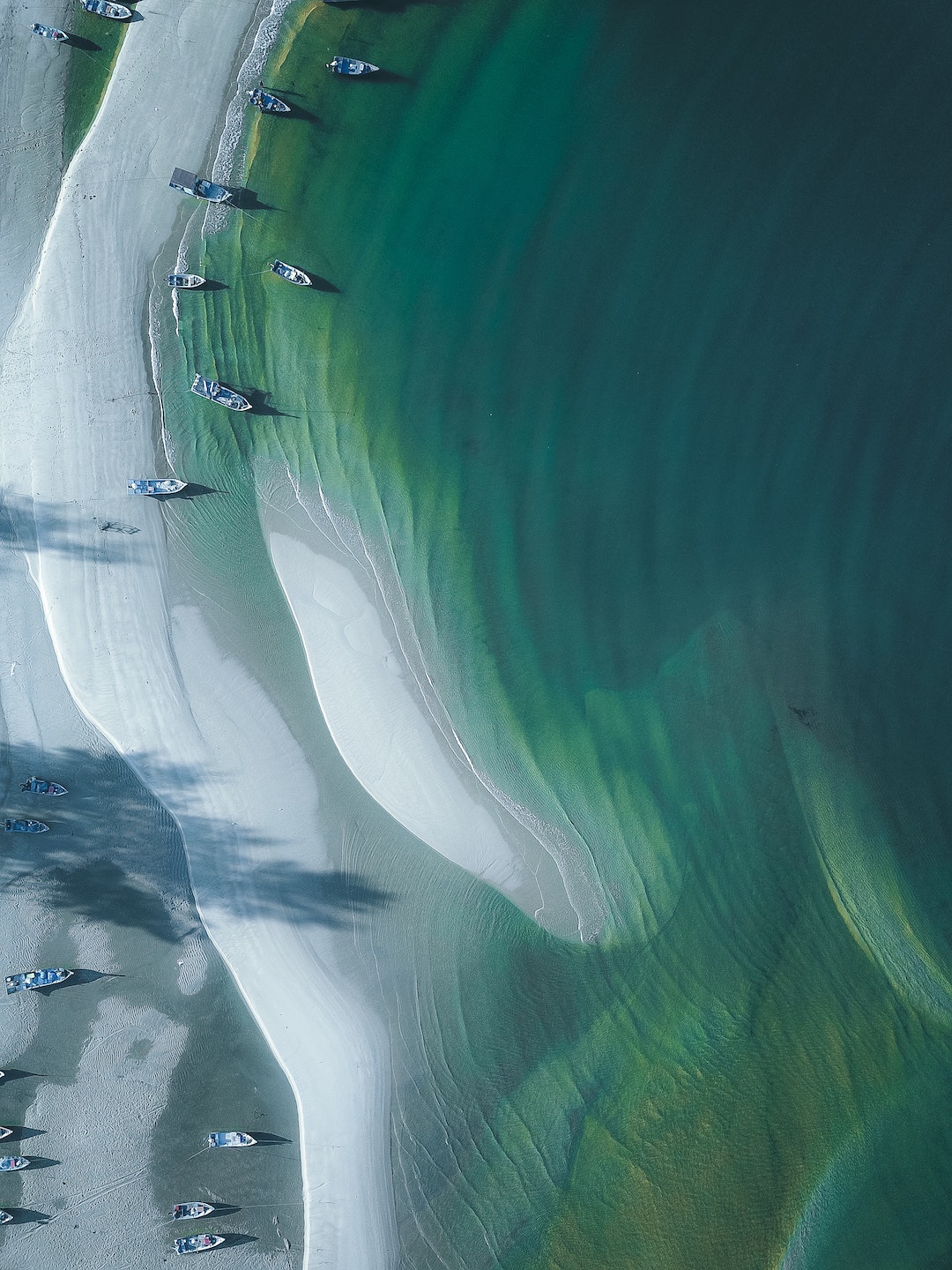
Best times to visit Salvador de Bahia
Salvador has a tropical climate meaning the weather doesn’t vary too much throughout the year from a humid 86˚F (30˚C). Tropical rain will appear at irregular intervals throughout the year with most falling from March to July. From December to March it’s the best time for festivals, with New Year’s Eve, Lavagem do Bonfim on the second Thursday in January, Festa de Iemanjá on February 2nd and Carnaval between mid-February and mid-March. Slightly smaller festivals happen throughout the year in Salvador, especially the Festas Juninas throughout June, and the drums and capoeira never seem to stop.
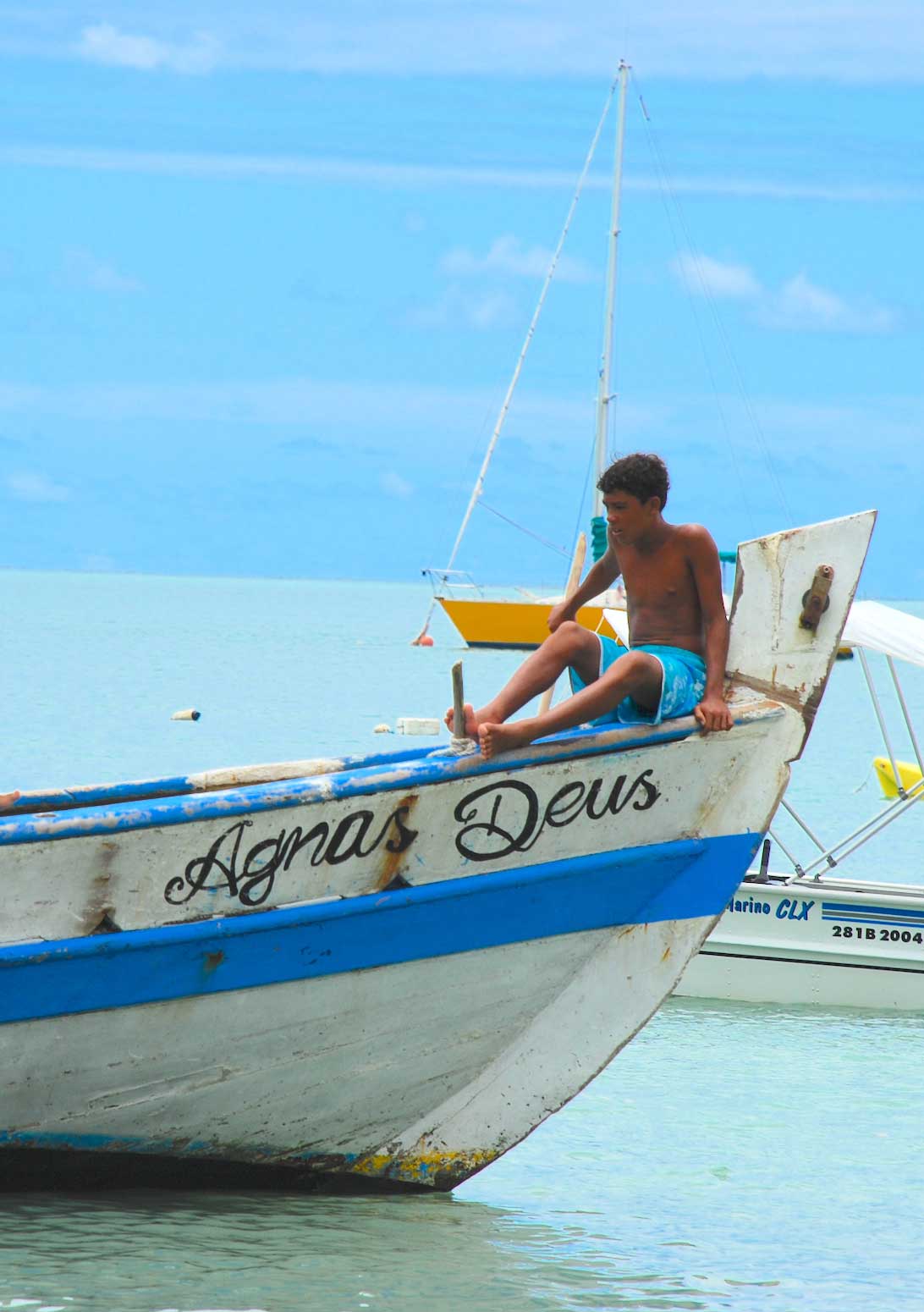
practical information
HOW TO GET THERE
The airport in Salvador does receive some direct flights from Europe, with Air Europa and TAP providing schedule flights. All other flights are domestic so for other international arrivals, a connection in Rio de Janeiro or São Paulo is necessary. Flights from all other major Brazilian cities head to Salvador but may stop in a few cities along the way without you needing to change planes. This can significantly add to your traveling time.
GETTING AROUND
Taxis are the best way to get around the city, whether using the meter or agreeing the price first. Salvador has no metro system, and buses can be hot, crowded and sometimes unsafe. Driving around the city is not recommended for visitors unfamiliar with Brazilian driving styles. Even though Salvador has many amazing sights, the roads leading to them can be frustratingly one-way, steep and dangerous.
WHERE TO STAY
Popular with Brazilian and international tourists, Salvador has many hotels ranging from the cheapest to five-star hotels in the old colonial houses of the upper city, or in the newer buildings with beach views.
The city is the capital of Bahia, a state renowned in Brazil for its unique food. Restaurants for all budgets abound, some with sea view dining or with a historic colonial feel. There is always the possibility of dining under the stars on the cobblestones of Pelourinho. Portions of classic Bahian dishes, such as the seafood stew moqueca, are usually large enough to feed two people or those with colossal appetites!

More highlights of Brazil
With eight local offices in Latin America, we have the perfect base to help you build the perfect trip for your clients. Unrivaled experience with a wide selection of bed & breakfasts, small posadas, unique boutique hotels and world class luxurious lodging.
